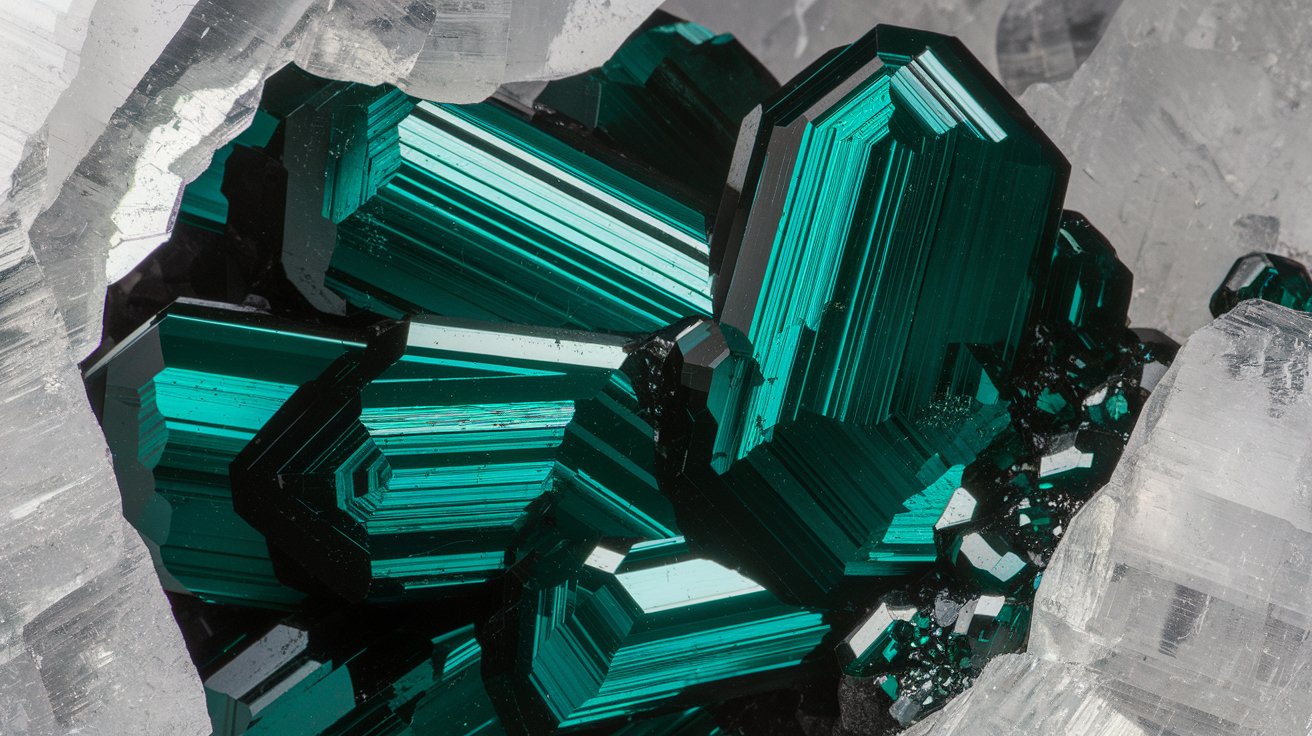
Ardaite is a fascinating mineral that often piques the curiosity of geology enthusiasts and collectors alike. Found in specific locations around the globe, this mineral boasts unique properties and a rich history. But what makes Ardaite so special? Ardaite is known for its striking appearance and rare composition, making it a prized find for those lucky enough to come across it. Whether you're a seasoned geologist or just starting to explore the world of minerals, understanding the key facts about Ardaite can deepen your appreciation for this remarkable natural wonder. Let's dive into 30 intriguing facts about Ardaite that will surely spark your interest!
Key Takeaways:
- Ardaite is a rare mineral with unique properties, discovered in 1989. It has a metallic luster, forms in hydrothermal veins, and is often found in old mining districts.
- Despite its rarity, Ardaite has specific uses in scientific research, teaching, and museum displays. However, studying it presents challenges due to its small size and limited availability.
What is Ardaite?
Ardaite is a rare mineral that has intrigued geologists and collectors alike. Its unique properties and limited availability make it a subject of fascination. Here are some intriguing facts about this mineral.
- Ardaite is a sulfosalt mineral composed primarily of lead, silver, and antimony.
- It was first discovered in 1989 in the Czech Republic.
- The mineral is named after Arda, a river in Bulgaria, near where it was initially found.
- Ardaite typically forms in hydrothermal veins, which are cracks in rocks filled with mineral-rich water.
- Its crystals are usually tiny, often less than 1 millimeter in size.
- Ardaite has a metallic luster, giving it a shiny, reflective appearance.
- The mineral is often found in association with other sulfosalts like bournonite and tetrahedrite.
- Ardaite is considered rare because it has only been found in a few locations worldwide.
- It has a hardness of 2.5 to 3 on the Mohs scale, making it relatively soft.
- The mineral is usually opaque, meaning light does not pass through it.
Where Can You Find Ardaite?
Finding Ardaite is a challenge due to its rarity. However, there are specific locations where this mineral has been discovered.
- Besides the Czech Republic, Ardaite has been found in Bulgaria.
- Small quantities have also been reported in Germany.
- The mineral is often located in old mining districts, where hydrothermal activity was prevalent.
- Collectors often search for Ardaite in mine dumps, where discarded rocks from mining operations are found.
- Specimens are usually collected by hand, as they are too small for industrial mining equipment.
Unique Properties of Ardaite
Ardaite's unique properties make it a subject of study for mineralogists and collectors.
- The mineral has a distinct crystal structure, classified as orthorhombic.
- Ardaite's chemical formula is Pb19Sb13S35Cl7.
- It exhibits perfect cleavage, meaning it breaks along flat, even surfaces.
- The mineral's density is relatively high, around 6.4 g/cm³.
- Ardaite can be identified by its gray to black color.
Uses and Applications of Ardaite
While Ardaite is not widely used in industry, it has some specific applications.
- The mineral is primarily of interest to collectors due to its rarity.
- Ardaite is used in scientific research to study sulfosalt minerals.
- It can be a teaching tool in geology classes to demonstrate mineral properties.
- Some museums display Ardaite specimens as part of their mineral collections.
- The mineral's unique properties make it a subject for academic papers and studies.
Challenges in Studying Ardaite
Studying Ardaite presents several challenges due to its rarity and small crystal size.
- Obtaining samples can be difficult because of its limited availability.
- The mineral's small size makes it hard to analyze using standard equipment.
- Preserving specimens is challenging due to Ardaite's softness and perfect cleavage.
- Researchers often need to use advanced techniques like electron microscopy to study it.
- Despite these challenges, Ardaite continues to be a mineral of great interest in the field of geology.
Final Thoughts on Ardaite
Ardaite, a rare mineral, has intrigued scientists and collectors alike. Its unique properties and limited availability make it a prized specimen. Found mainly in hydrothermal veins, this mineral's striking appearance and chemical composition set it apart. With its rarity, Ardaite often fetches high prices among collectors. Understanding its formation and characteristics can provide insights into geological processes. Whether you're a geology enthusiast or a collector, Ardaite offers a fascinating glimpse into the Earth's hidden treasures. Keep an eye out for this mineral at rock shows or in specialized collections. Its beauty and rarity make it a standout addition to any collection. So, next time you come across Ardaite, you'll know just how special it is. Happy collecting!
Frequently Asked Questions
Was this page helpful?
Our commitment to delivering trustworthy and engaging content is at the heart of what we do. Each fact on our site is contributed by real users like you, bringing a wealth of diverse insights and information. To ensure the highest standards of accuracy and reliability, our dedicated editors meticulously review each submission. This process guarantees that the facts we share are not only fascinating but also credible. Trust in our commitment to quality and authenticity as you explore and learn with us.


